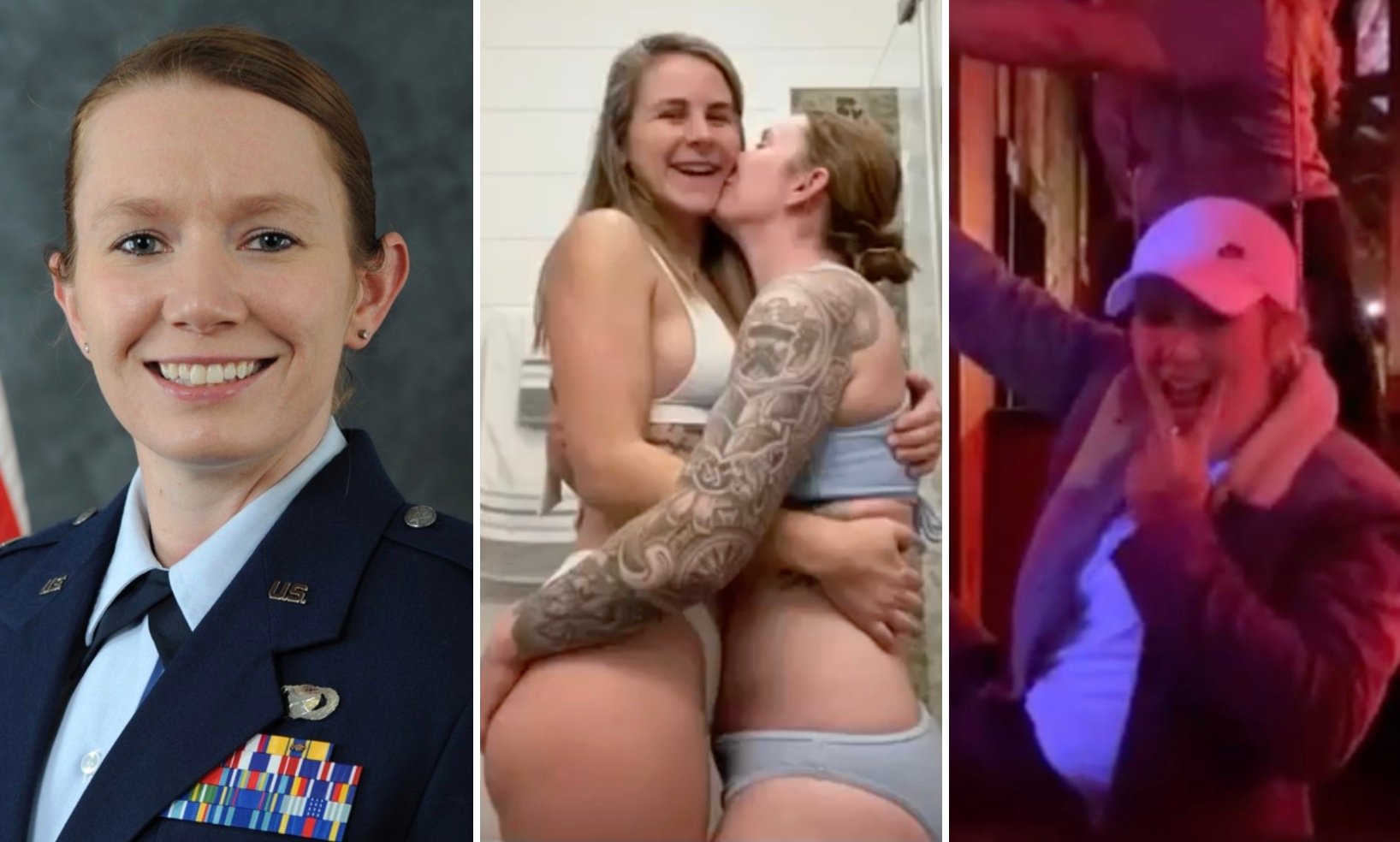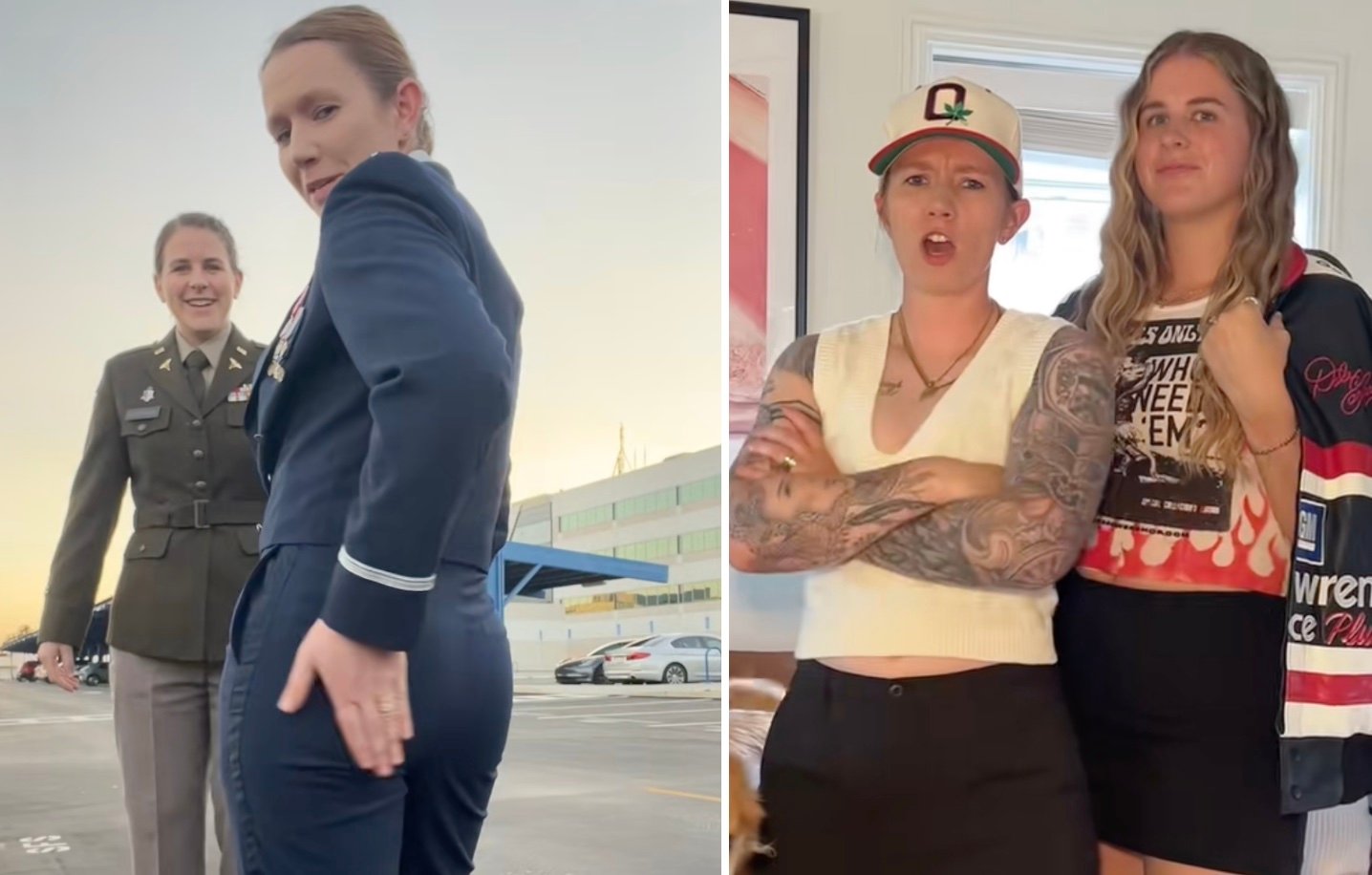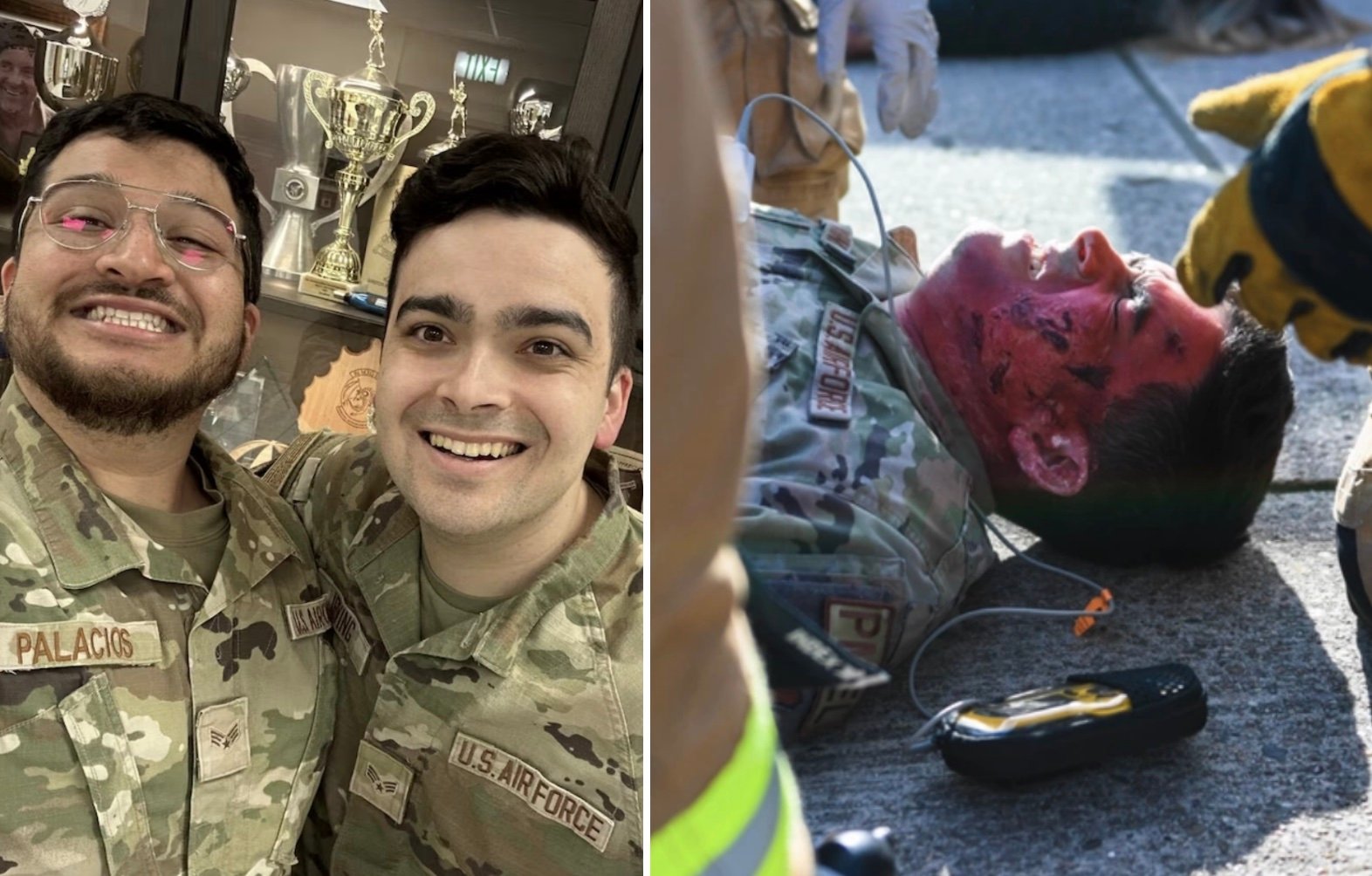The Department of the Air Force has issued a sweeping update to its uniform and grooming regulations, significantly revising DAFI 36-2903 in a new guidance memorandum released July 11, 2025. The changes affect everything from facial hair and fingernail standards to uniform configuration and terminology—and mark a clear shift in the service’s appearance policies and administrative language.
The updated guidance applies to all Regular Air Force, Air Force Reserve, and Air National Guard personnel. The directive reaffirms the Air Force’s commitment to discipline, uniformity, and military image, while revoking or replacing previous standards related to transgender terminology, cosmetic allowances, and patch authorizations.

Key Uniform and Grooming Changes
1. Removal of Transgender and Gender Terminology
Perhaps the most controversial aspect of the update is the complete deletion of terms such as “transgender,” “gender identity,” “gender marker,” and “real life experience” from the glossary and body of the regulation. In all applicable contexts, the word “gender” is replaced by “sex.” These changes effectively erase references to self-identified gender and gender transition processes from official Air Force appearance standards.
Terms removed include:
- Transgender
- Self-identified gender
- Gender dysphoria
- Gender transition
- Real life experience (RLE)
- Cross-sex hormone therapy
This reversion to sex-based standards suggests a stricter biological framework for determining appearance-related policy going forward.
2. Facial Hair and Male Grooming Standards Tightened
- Male Airmen must now be clean-shaven at the start of each duty day unless they have an approved medical profile or religious accommodation.
- Facial hair granted for medical reasons must be neatly trimmed and uniform, with a maximum length of ¼ inch. Styled beards such as goatees or shaped beards are explicitly not authorized.
- Hair will not touch the ears, and must maintain a tapered appearance. Only one straight-line part is permitted, limited to 4 inches in length and ¼ inch in width.
3. Restrictions on Cosmetics and Nail Polish
- Male Airmen are prohibited from wearing any cosmetics.
- Female Airmen may wear only conservative makeup, with no winged eyeliner and no eyelash extensions unless for documented medical reasons.
- Nail polish must be clear or in French or American manicure styles only. No nail designs or ombre styles are permitted.
- Male Airmen may not wear nail polish at all.
4. New Definition Added: “Gig Line”
A new term, “gig line,” has been formally defined in the instruction:
“When members wear a shirt tucked into trousers or slacks with a front fly opening, the button front edge of the shirt, the outside of the belt buckle (when required), and the edge of the fly will align.”
This standard is required when wearing both Class A and B service dress uniforms.
5. Changes to OCP and Duty Uniform Wear
- Officers must now maintain at least one complete set of Operational Camouflage Pattern (OCP) uniforms, regardless of their career field or duty assignment. Officers have 90 days to comply.
- OCP sleeves may be rolled up, but must remain within 1 inch of the forearm when bent at 90 degrees.
- Duty Identifier Patches are no longer authorized.
- Boots must now be between 8–12 inches in height, with 90 days allowed to meet this new standard.
- No starching or hot pressing of OCPs is allowed—only light ironing is permitted.
6. Updates to Tattoos and Body Markings
- Tattoos are still prohibited on the head, face, tongue, lips, eyes, and scalp.
- Any tattoos that are extremist, obscene, gang-related, or discriminatory on the basis of sex, race, or religion are forbidden.
- Covering tattoos with makeup or bandages to bypass the rules is not allowed.
7. Duty Tab Regulations Updated
A full list of authorized duty/qualification tabs remains, including:
- RECRUITER
- SERE
- RAVEN
- AIR ADVISOR
- BASE HONOR GUARD
No new tabs will be added without MAJCOM or functional community approval. All proposals must now include funding commitments for design and development.
Administrative and Terminological Overhauls
Along with policy changes, the guidance deleted several references and acronyms related to gender identity and transgender healthcare. This includes removal of:
- DSM-V
- DoDM 6025.18
- Transgender Health Medical Evaluation Unit (THMEU)
- Service Central Coordination Cell (SCCC)
A large section on exception-to-policy requests has also been deleted.
Implementation Timeline
Personnel must comply with updated standards within the following timeframes:
- 30 days to comply with eyelash extension policy
- 90 days to acquire required OCP uniforms and compliant boots
This latest guidance reflects a broader Air Force move toward traditional, biologically-defined appearance standards and a renewed emphasis on uniformity. While some of the changes will be seen as a return to basics, others—particularly the erasure of transgender-inclusive language—will likely generate ongoing debate both within the ranks and in the public sphere.
Airmen should consult their chain of command and unit leadership to ensure full compliance, especially with new grooming, uniform, and patch guidelines.
Stay salty. Stay informed.
Follow The Salty Soldier for continued coverage on military policy, culture, and uniform changes.
© 2025 The Salty Soldier All rights reserved.
The content of this webpage may not be reproduced or used in any manner whatsoever without the express written conse




